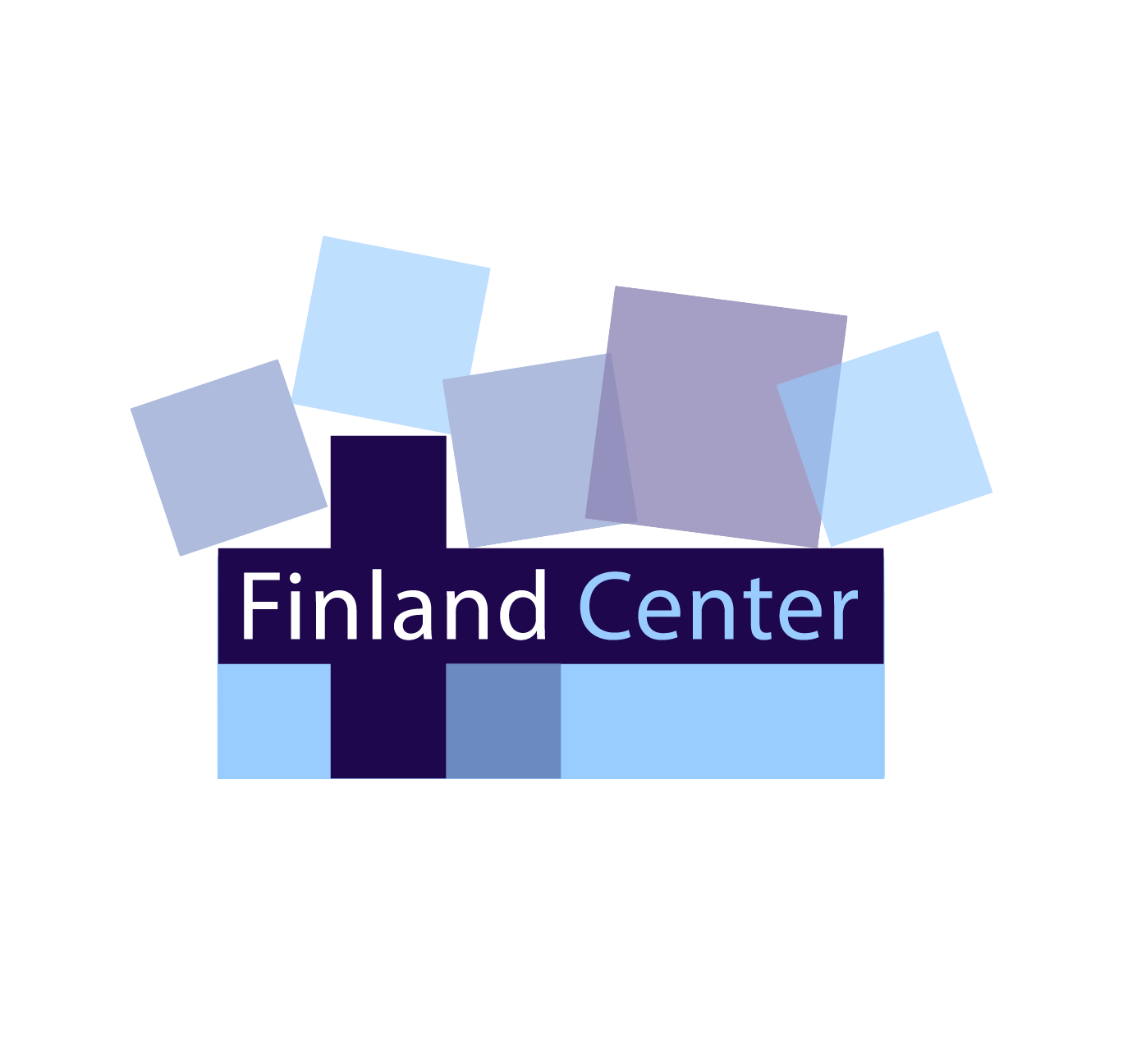Whether they are celebrating Christmas in Finland or Abroad, most Finns consider December 24th to be the year’s most significant holiday. While the season culminates in Christmas Day in many cultures, Finns place the most emphasis on Christmas Eve. Santa Claus visits children in person instead of sneaking in through the chimney, and many families plan the evening’s dinner menu for weeks in advance. Below are some reflections on Christmas by Jaana Rehnstrom, Finland Center’s president and a longtime expatriot. You can also find this article in the newest issue of Raivaaja.
By Jaana Rehnstrom
I love Christmas, always have. In my childhood in Finland, we would put the (vinyl) records with Christmas songs on and live with the music creating the mood during the whole of the Advent season. In fact, my three siblings and I used to love the music so much that my parents had to institute a rule that we could not play the records before November 1st. The season culminated in Christmas Eve, when we would drive out to our country place and cut down a Christmas tree, and go home and decorate it; to be followed by a traditional meal and Santa visiting in person. There were presents and we could stay up as late as we wanted that night.
For my own family here in New York, I have wanted to pass on some of those traditions. Christmas is different in Finland and in New York in a couple of ways: It seems to me that in New York, Christmas is just another one-day holiday – despite the ubiquitous seasonal decorations and marketing here in the US, in Finland we anticipate Christmas more. One example is the many pikkujoulu (pre-Christmas) parties the Finns put up even here away from home. Also, since we are lucky to have a Finnish Lutheran Congregation here, my family participates in the event that marks the beginning of the Advent season, Kauneimmat Joululaulut (the Christmas carol singalong event). When the children were small, they always got their Advent calendars from Mummu in Finland. As Christmas gets closer, we write our annual Christmas letter to friends and relatives, and debate whether to send it by email or on paper. We receive Christmas cards from friends around the world, including a lot of those plain postcard type Christmas cards from Finland, and hang them up by the fireplace. When my children were small, they loved baking gingerbread cookies and joulutorttuja (prune tarts) with me; nowadays I’m lucky if I can get them to lend a hand. Mind you, they still love eating them!
The Christmas tree gets bought and decorated a few days before Christmas – there is simply too much to do to leave it to the last minute. We also put up decorations in the house – angels and elves made of various materials; some store-bought and some home-made by the kids when they were small. They still get wrapped up and put away and taken out again each year.
On Christmas Eve, we have rice porridge for lunch, with the obligatory almond of course. We usually try to go to our other local (Episcopal) church to take part in at least one service during the season. For a number of years, my children sang in the children’s choir there, so the family schedule was much dictated by theirs. Still, we always managed to have a celebration beginning with late-afternoon glögi while we sing Christmas songs, both in English and in Finnish (that is the only time in the year I get back to the piano to accompany us). This is followed by a reading of the Christmas story at the table, after which everyone digs in: the first course consists of herring, gravlax, rosolli and boiled potatoes; this is followed by turkey and ham, lanttulaatikko (rutabaga casserole) and carrot casserole, along with some green vegetables.
We open presents in the evening accompanied by coffee and gingerbread plus joulutorttuja and Finnish chocolates which we buy at the Christmas bazaar here. We often have guests – sometimes from abroad, or sometimes expat Finns. When the children were small and still believed in Santa Claus, one of the guests would all of a sudden “have to go check on his car, parked on the street” – missing Santa, who would arrive just at that time, from Lapland of course, with the presents. Since our townhouse has a fire escape outside leading to the third-floor living room, he would ascend the fire escape and climb in the window, with any little ones present hopping and shrieking with joy! We have miles of videotape of Christmas eves to watch, in my retirement I suppose.
Nowadays the evening ends quietly with everyone delving into their new books with Finnish and English Christmas music playing in the background; or we may decide we need fresh air, and take a walk to the late Christmas service at Grace Church. Personally, I prefer that schedule to getting up early on Christmas morning – especially these days with no horses, sleighs or even snow!




